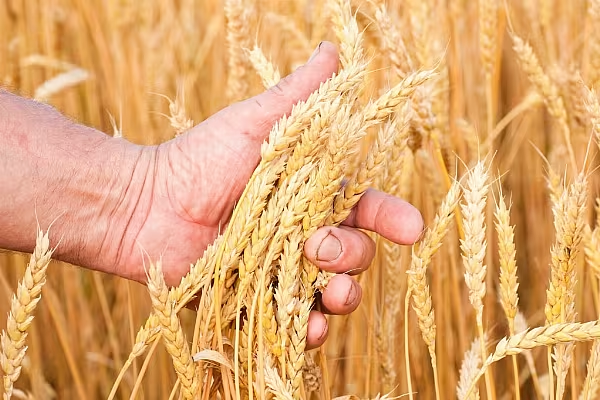The United Nations' world food price index eased slightly in August, latest data showed, as lower prices for sugar, meat and cereals more than offset higher dairy and vegetable oil prices.
The price index, compiled by the UN Food and Agriculture Organisation to track the most globally traded food commodities, slipped to 120.7 points in August from a revised 121 in July.
The FAO index hit a three-year low in February this year as food prices retreated from a record peak set in March 2022 following Russia's invasion of Ukraine.
The August value was 1.1% lower than its level a year ago and 24.7% below its peak from March 2022.
Outlook
In a separate report, the FAO lowered its forecast for global cereal production in 2024 by 2.8 million metric tonnes to 2.851 billion tonnes, putting it almost on a par with the previous year's output.
The decrease largely reflects reduced prospects for coarse grain crops in the European Union, Mexico and Ukraine, thanks to hot and dry weather conditions.
The forecast for world cereal utilisation in 2024/25 was lowered by 4.7 million tonnes versus July to 2.852 billion tons, reflecting a 0.2% increase from 2023/24.
The agency also cut its forecast for world cereal stocks at the close of seasons in 2025 by 4.5 million tonnes to 890 million.
Elsewhere, Rabobank's inflation monitor revealed that food prices in the Netherlands are to remain at their current high level of around 5%.
The impact of excise and tax increases will continue to affect food prices until at least July next year, along with higher raw material prices and costs incurred due to wage hikes, the bank noted.











